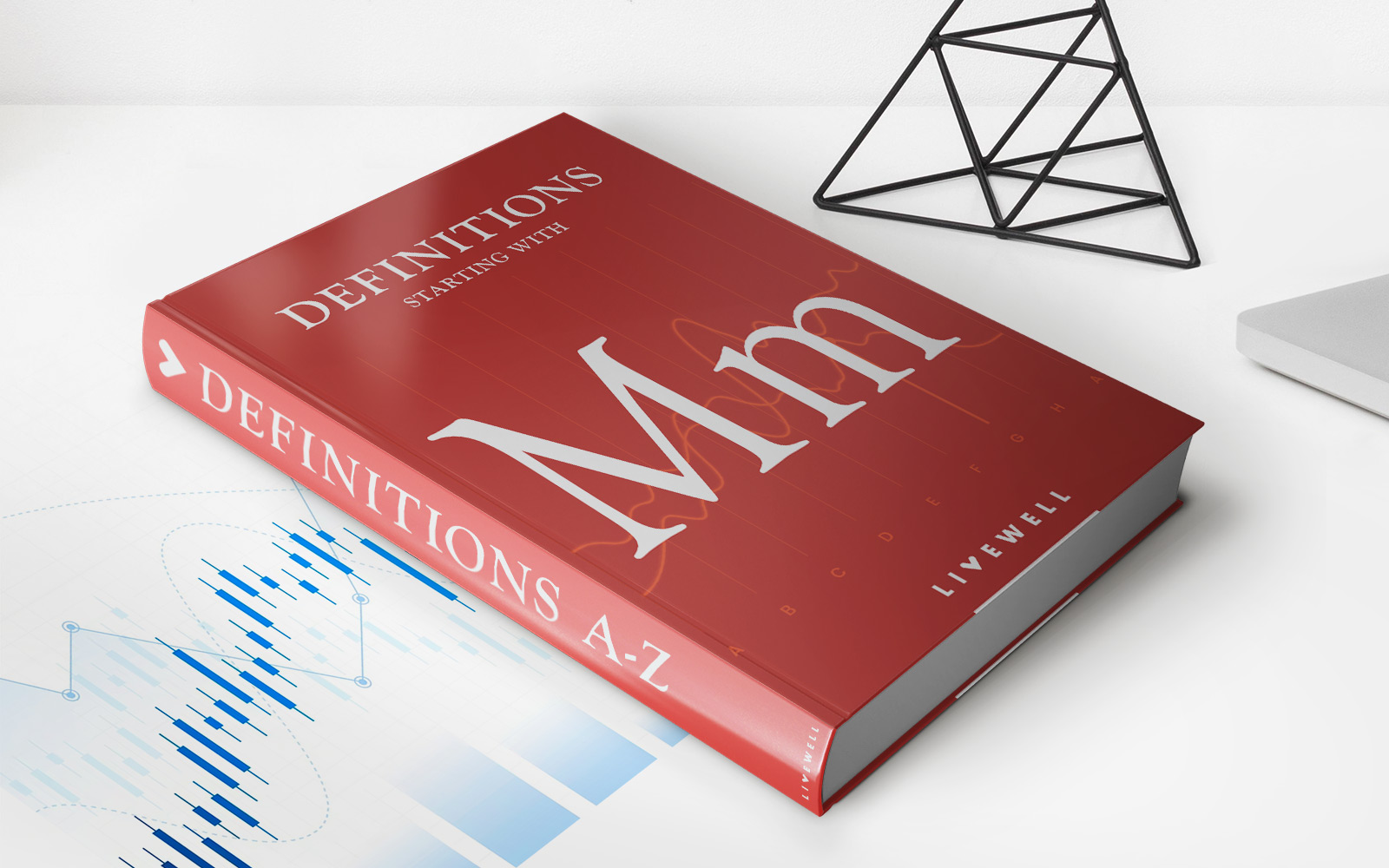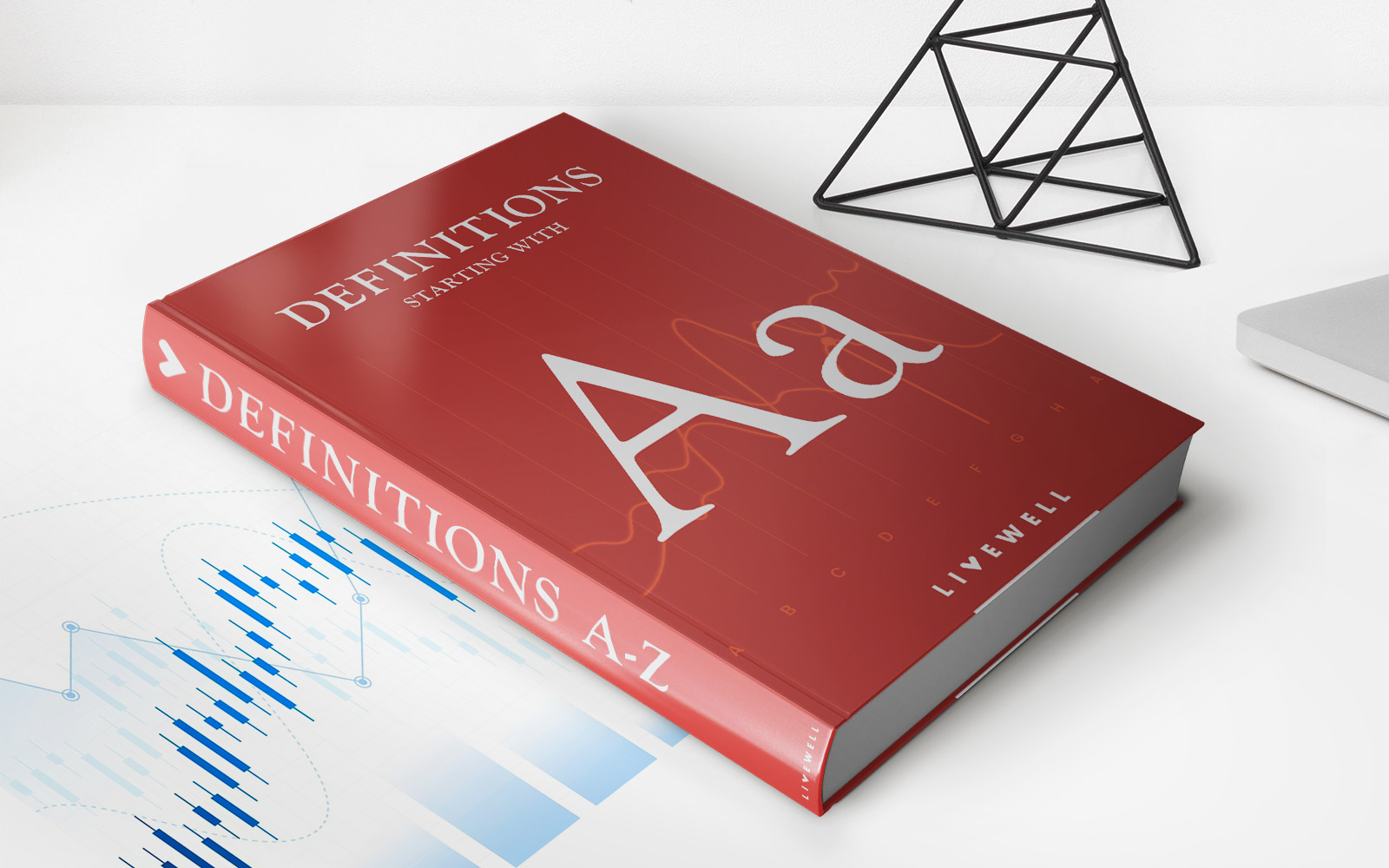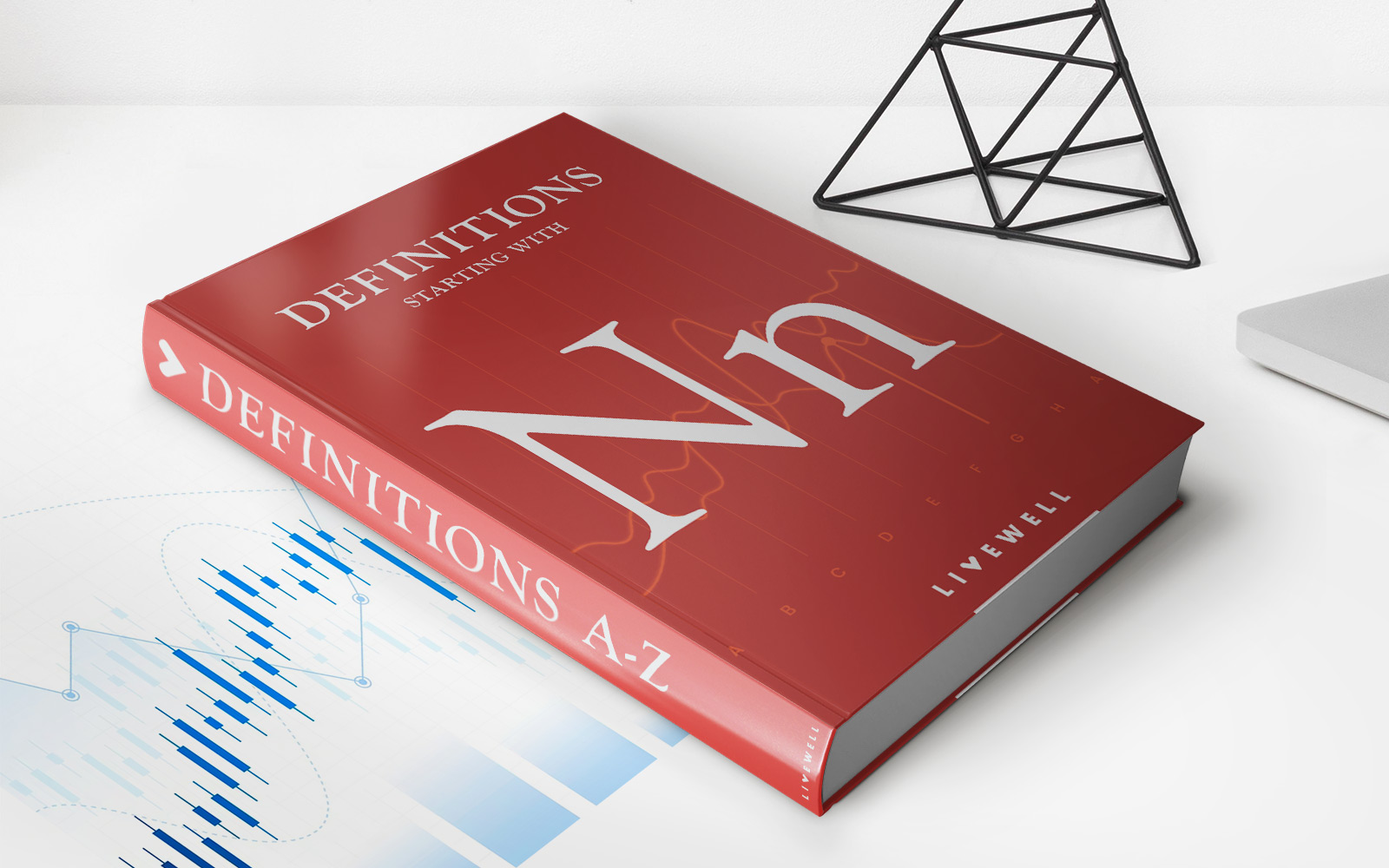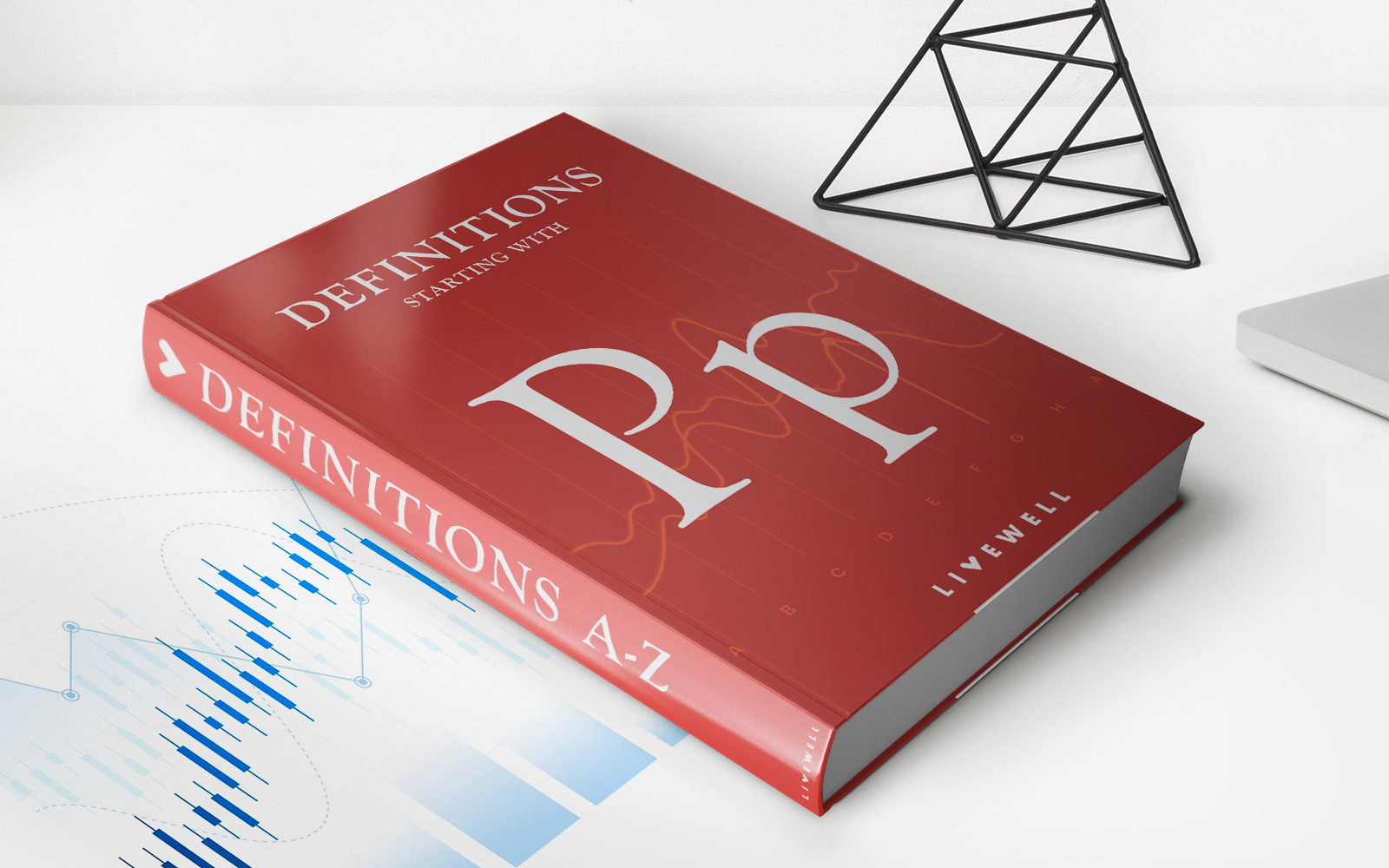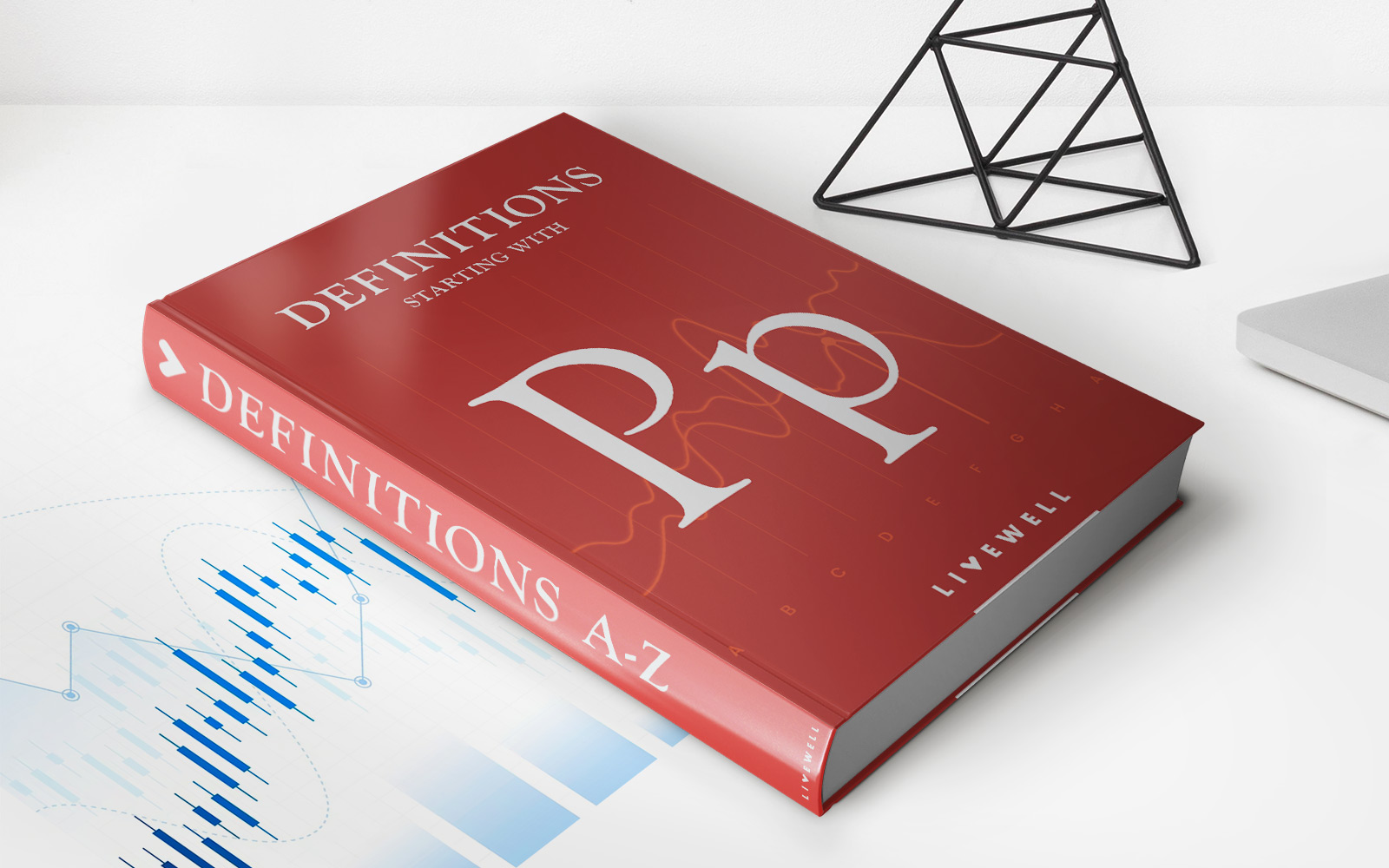Home>Finance>Modified Internal Rate Of Return – MIRR Definition


Finance
Modified Internal Rate Of Return – MIRR Definition
Published: December 26, 2023
Learn the definition of Modified Internal Rate of Return (MIRR) in Finance and understand its significance in financial decision making.
(Many of the links in this article redirect to a specific reviewed product. Your purchase of these products through affiliate links helps to generate commission for LiveWell, at no extra cost. Learn more)
Welcome to the Finance Blog: Modified Internal Rate of Return – MIRR Definition
Welcome to the Finance category of our blog, where we dive deep into various financial concepts and help you understand them better. Today, we’re going to explore the world of Modified Internal Rate of Return (MIRR) and its definition. So, whether you’re a finance professional, a student, or simply curious about finance, this blog post is for you.
Key Takeaways:
- Modified Internal Rate of Return (MIRR) is a financial metric used to evaluate the profitability of an investment or a project.
- MIRR takes into account both the cost of capital to finance the project and the reinvestment rate of cash flows.
Now, let’s dive into the definition of Modified Internal Rate of Return (MIRR) and what exactly it means. MIRR is a financial metric that is used to evaluate the profitability of an investment or project. It takes into account both the cost of capital to finance the project and the reinvestment rate of cash flows.
Unlike the traditional Internal Rate of Return (IRR), which assumes that cash flows are reinvested at the project’s IRR, MIRR assumes that cash flows are reinvested at a predetermined rate called the reinvestment rate. This reinvestment rate is usually the cost of capital or the required rate of return for similar projects.
Modified Internal Rate of Return (MIRR) can be calculated using the following formula:
MIRR = ((FV positive cash flows / PV negative cash flows) ^ (1/n)) – 1
Where:
- FV positive cash flows is the future value of the positive cash flows (cash inflows) at the reinvestment rate.
- PV negative cash flows is the present value of the negative cash flows (cash outflows) at the cost of capital.
- n is the number of periods or years.
The resulting MIRR represents the rate of return that makes the present value of the positive cash flows equal to the future value of the negative cash flows. A positive MIRR indicates that the project is profitable, while a negative MIRR indicates that the project is not profitable.
So, why is Modified Internal Rate of Return (MIRR) important? Here are a few reasons:
- Evaluation of Investment Opportunities: MIRR helps investors and financial analysts evaluate the potential profitability of investment opportunities by considering the cost of capital and the reinvestment rate.
- Comparison of Projects: MIRR allows for a fair comparison of projects with different cash flow profiles by taking into account the reinvestment rate.
- Informed Decision Making: By using MIRR, investors and decision-makers can make more informed investment decisions based on the projected profitability.
So, whether you’re an investor, business owner, or someone interested in finance, understanding Modified Internal Rate of Return (MIRR) can be beneficial for evaluating the profitability of projects and investments.
At our website, we strive to provide valuable financial information and insights to our readers. So, stay tuned for more articles on finance-related topics.


